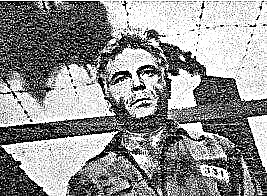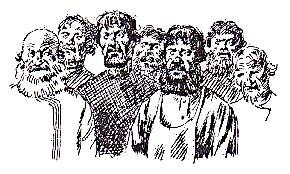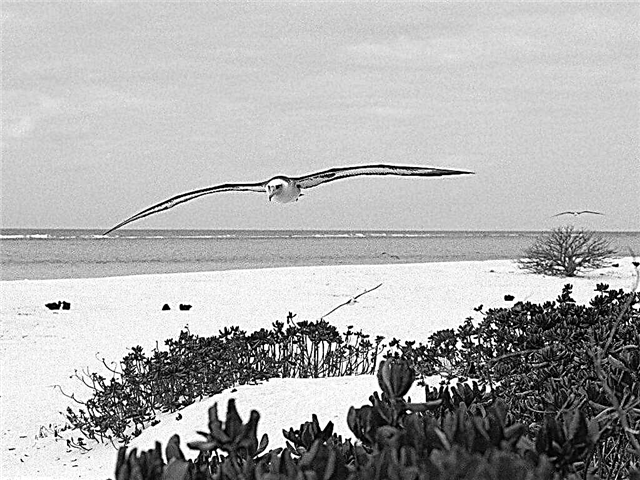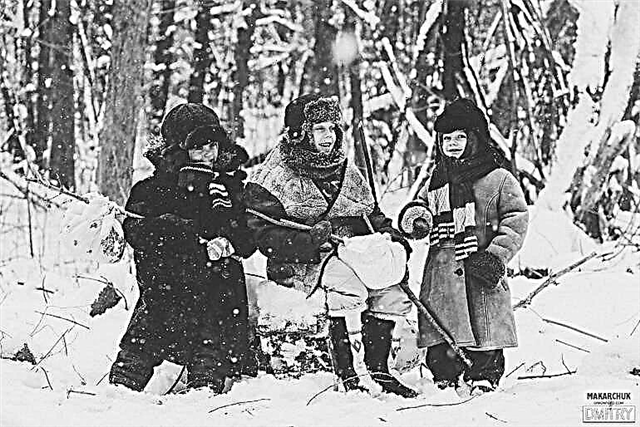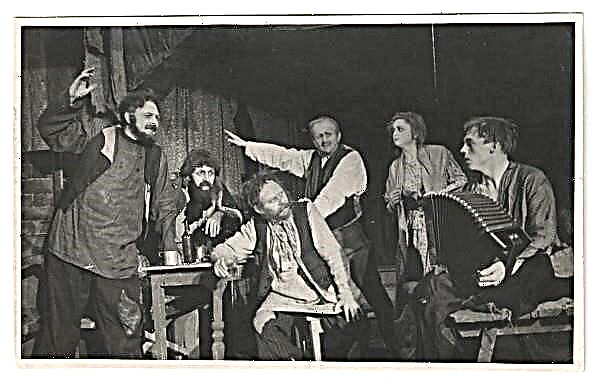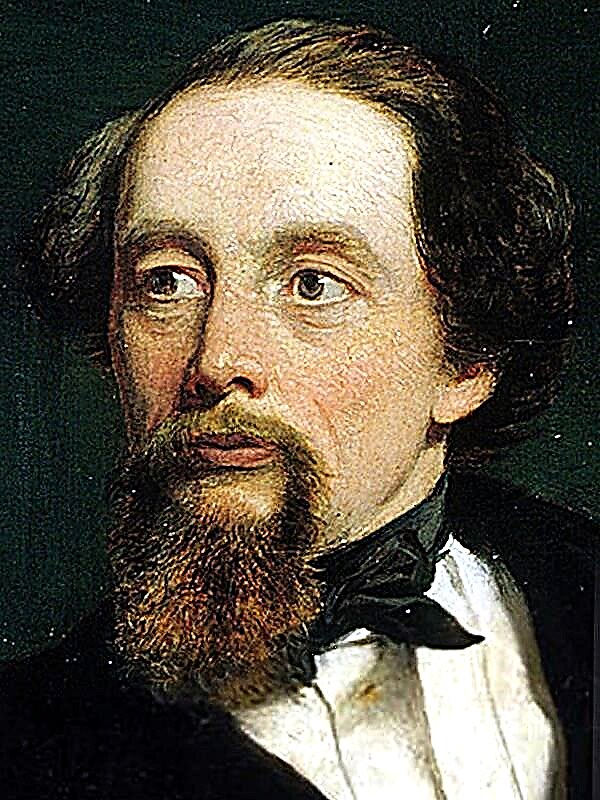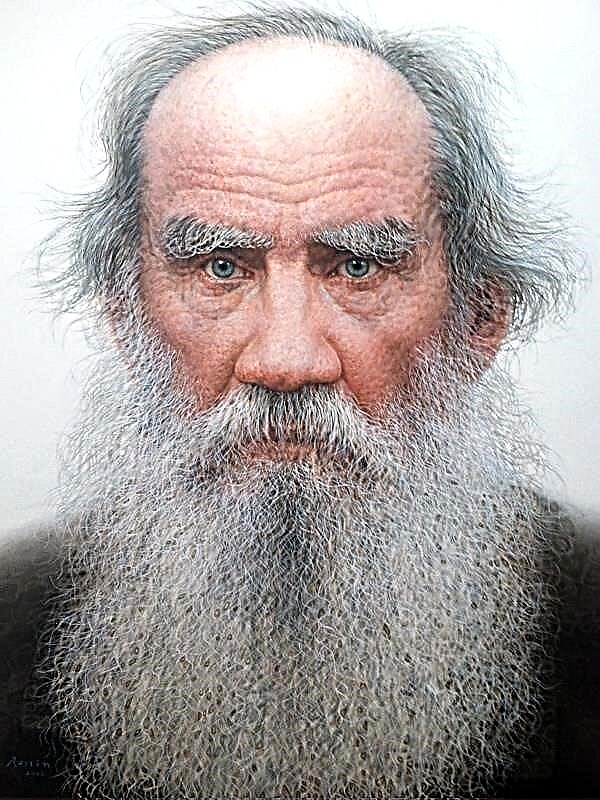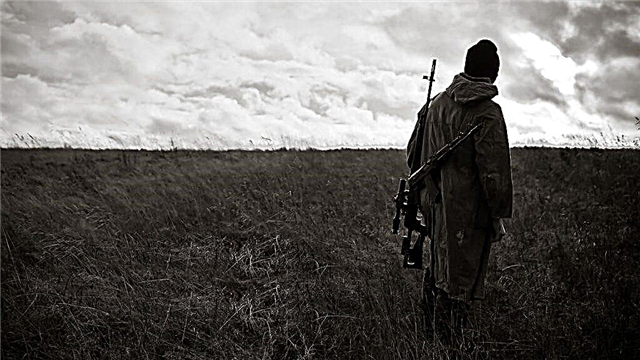This article is devoted to one of the most sought-after trends in Russian literature, to which F.M. Dostoevsky name "fantastic realism."
History of creation
It is generally accepted that Fyodor Mikhailovich Dostoevsky is the founder of fantastic realism in Russia. However, according to researcher V.N. Zakharov, in 1869 Friedrich Nietzsche first used this term in relation to Shakespeare. In the 20s of the twentieth century, this expression is used by Evgeny Vakhtangov; later it was established in Russian theater studies as a definition of the creative method of E. Vakhtangov.
In 1948, the Vienna School of Fantastic Realism, which had a mystical and religious character, arose, the most prominent representatives of which were Ernst Fuchs and Rudolf Hausner. Artists explored the deeply hidden corners of the human soul, raised timeless and eternal themes, focusing on the traditions of the German Renaissance. Already in the early 60s of the twentieth century, Arik Brauer, Wolfgang Hutter and Anton Lemden created a new style and a new school of “fantastic realism”. In the future, the flow was continued in the style of Visionary art (Eng. Visionary art - an art style based on the image of what was seen in a state of altered consciousness, meditative contemplation or “flashbacks” (eng. Flash “flash, illumination” + back “back”) arising after trips (psychotropic travel).
Definition and Key Features
Fantastic realism is a direction in which the author reveals reality through fantastic images, trying to understand and explain it.
Signs:
- The main feature of fantastic realism is the discrepancy between objective reliability, that is, the nature of a person is not caused by connections with the world. In fiction, a person comes into contact with other worlds, the essence becomes a phenomenon.
- Another important feature is the dual perception of reality. The writers created fantasy or conditional worlds, where they placed their completely “human” or slightly demonic heroes.
Representatives
Dostoevsky
The essence of Dostoevsky’s fantastic realism is in displaying the true nature of man in borderline situations, as well as in depicting lost souls tormented by obsession (Raskolnikov in Crime and Punishment, Shatov in Demons). To determine the originality of the writer's work, the researchers also introduced terms such as “ideal - realism”, “experimental” or “experimental realism”. For the author, fantasy is real, utopia is achievable. The fantastic sermon of his work demonstrates the desire for ideal according to the commandment of Christ.
Dostoevsky’s view of reality was often criticized; he was called cruel, fantastic and exceptional. The writer did not agree:
My idealism is more real than theirs. Lord It is sensible to retell what we all, Russians, have experienced in the past 10 years in our spiritual development — unless realists cry out that this is a fantasy! But meanwhile, this is original, real realism!
He claimed that all his stories were not made up, but taken from newspaper chronicles, from acquaintances and conversations of nine-year hard labor, etc. For example, the plot of “The Brothers Karamazov” is based on real events related to the trial of the alleged “father-killer” of the Omsk prison prison Lieutenant Ilinsky. The writer believed that the fantastic should be in touch with reality to such an extent that the reader almost believed in the reality of what was written.
Gogol
Nikolai Vasilyevich Gogol is a completely unique and mysterious figure, a master of words, who introduced special realism into the development of Russian literature, in which fantasy and reality, grotesque and detail, and the union of the tragic and comic are intertwined. The author of Dead Souls was the successor of A. S. Pushkin and continued the theme of a “little man” begun in the Station Warden and the Bronze Horseman. Gogol's fantastic realism is a reflection of reality through inexplicable events. A special place in the work of Gogol is occupied by folk, fairy-tale motifs. They figured out, permeated most of the works of the author. For example, in the note to “Wii,” the author points out that “this whole story is a folk giving”.
The most striking example of Gogol's fantastic realism is the St. Petersburg Tales cycle. For example, in the work “Nose”, part of the face separated from the owner and began to travel around the city, arranging his personal and official life. Through this metamorphosis, the author conveyed the aggressive nature of the capital and its social environment for people who become smaller, vulgar and literally destroyed against its background. A detailed analysis of this example can be found here.
N.V. Gogol was the founder and key figure of the “natural school” (1840s), which also included I. Turgenev, N. A. Nekrasov, I. Goncharov and others. The writer had a great impact on his young talents, directing their ideological and artistic interests. The natural school introduced creative realism, fidelity to reality, and ideological denial of the life depicted in literature. The authors of the "natural school" consolidated the trends of fantastic realism, and Nikolai Vasilievich occupied a leading role in this.
Pushkin
Alexander Sergeyevich Pushkin's main stage in the development of fantastic realism is concluded in The Queen of Spades, Count Nulin, and the cycle Little Tragedies. The writer for the first time introduces into literature an objective depiction of life, “insignificant heroes”, fantastic plot twists, deviating from classical romanticism.
A.S. Pushkin presents fantastic images in the form of allegories, psychological and philosophical-historical generalizations. In Poltava, despite the stylization in the spirit of Ukrainian historical thoughts, important political problems are posed and solved. In The Queen of Spades, the mystical component serves to reveal the metamorphosis of the game: Hermann goes crazy, plunging into excitement. It can be concluded that all of Pushkin’s mature work is subordinate to the realistic task, as it is in its essential features.
Examples
- Nikolay Vasilyevich Gogol "Nose", 1836. The work consists of three parts, which tells about the incredible events in the life of college assessor Kovalev, who suddenly wakes up in the morning without a nose. The reader will find out why this part of the body is constantly slipping away from the owner. Learn more
- Fedor Mikhailovich Dostoevsky "Demons", 1871-1872. The famous prophetic novel-warning F.M. Dostoevsky is still interesting to the modern generation of readers. The plot is based on a real event - the "Nechaev case." The revolutionaries, members of a small conspiratorial circle, killed their comrade who decided to "retire." F.M. Dostoevsky reveals the peculiarities of the Russian soul in which "demons" have settled. Learn more
- Haruki Murakami. "1Q84, 2009-2010". The book takes place in a world where some see two moons in the sky, where Simfonietta Janaceka serves as the key to eternal love, where police after rear-gunfire with sectarians who stirred up the whole country, were rearmed with automatic pistols to replace revolvers, where LittlePeople - Little People - come out of the mouth of a dead goat and weave Air Cocoon.
- Strugatsky brothers "Picnic on the sidelines", 1972. “Picnic on the sidelines” - one of the most amazing works of the Strugatsky Brothers, with many adaptations. The authors talk about the Zone. This place, which sees a person through and through, is a kind of test-control of the human soul. This book became the basis of the idea of S.T.A.L.K.E.R’a.
Criticism
Professor of Philology V.G. Odinokov defines fantastic realism as a combination of two worlds: spiritual and material. He believed that F.M. Dostoevsky creates a new aesthetic “quality”, which in terms of the artistic method can be called “realism in the highest sense” and creates a third “unobservable reality”. Russian critic K.V. Mochulsky notes:
It is undeniable that all the great Russian literature from under the "Overcoat" of Gogol. In "mystical realism" Gogol is the basis of his worldview.
Thus, we examined the origins of fantastic realism, its brightest representatives and the coverage of this topic in literary criticism.

